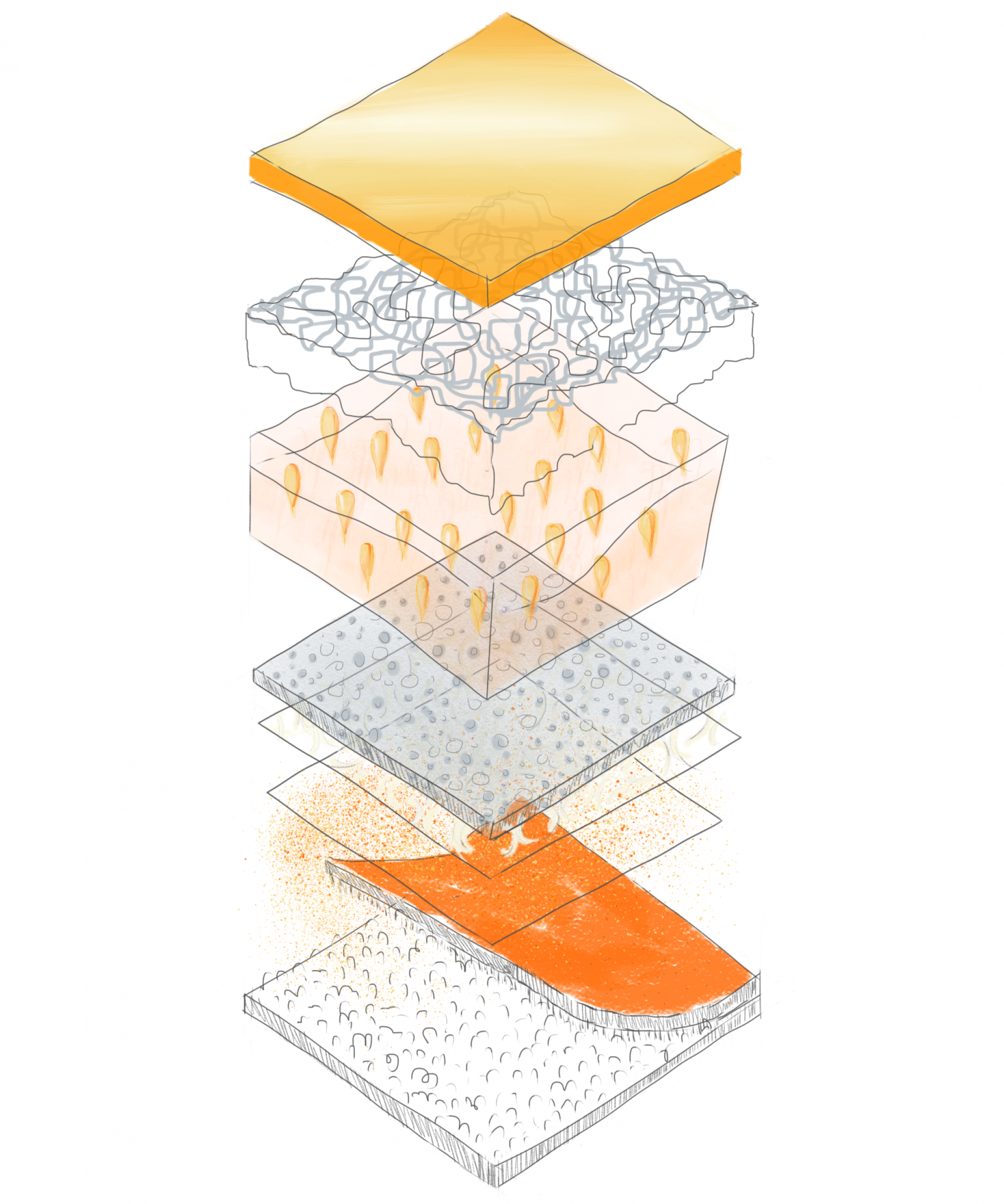


The University of British Columbia, School of Architecture and Landscape Architecture


In class exercise

When I was standing at my backyard, I heard three types of sound: wind chime, neighbor talking, and noise in the atmosphere. I labelled their relationship as I am inside the cube. Then I recorded their frequency and duration in the diagram above.
Assignment 8
Tuning

I chose to use a more abstract drawing to visualize the sound experience for this assignment. I was standing outside of my house with my eyes closed. I hear and I imagine. This drawing is how I felt at that moment. I forgot about the physical world and I would imagine I am standing in the darkness. It was chilly outside. I heard dry leaves jumping on the ground. I heard a bus and a bird in far. There was a hammer or some smashes that was not loud but unpleasant. And these sounds were wrapped by a wave of noise in the atmosphere. I was in the center of a tornado. I felt insignificant and weak compared to that noise. I felt like I was standing on a wire. The noise seemed like holding me in balance on a wire, but it was actually pulling and pushing me in all directions.
Windplay

I made three pinwheels with three types of paper material: regular printing paper, flyer, tracing paper. They have different weights so I want to compare their movements in the wind.
It was not windy outside so I just blew them……
Berend Kessler










The drawing documents my movement from my chair to another room. I standed up from my chair, then I switched the handgrip to open the door, and walked into the bathroom.
Katie Hunks
In Class Assignment: Mapping an Interior Space

Journey from Interior to Exterior






Berend Kessler






